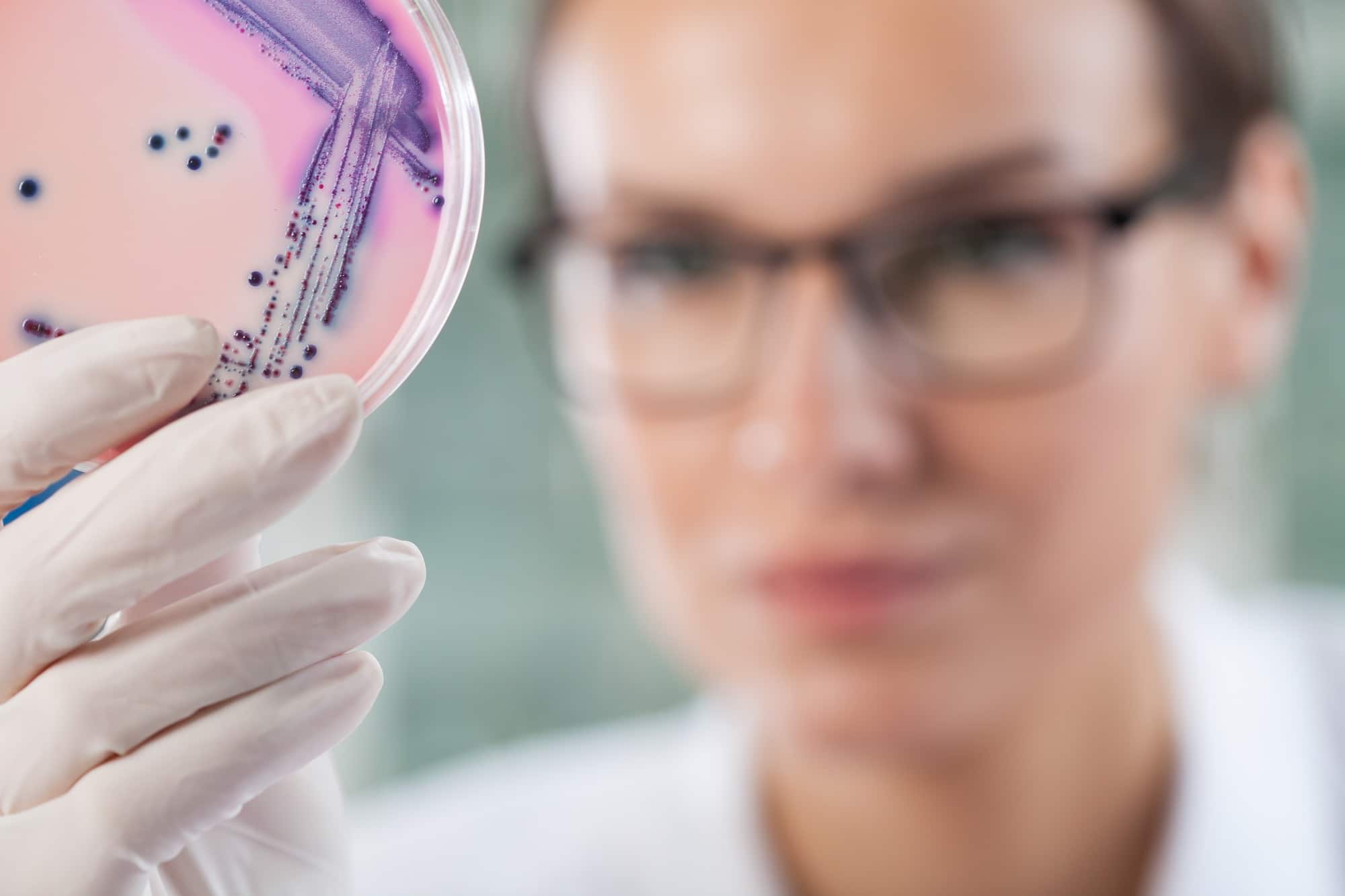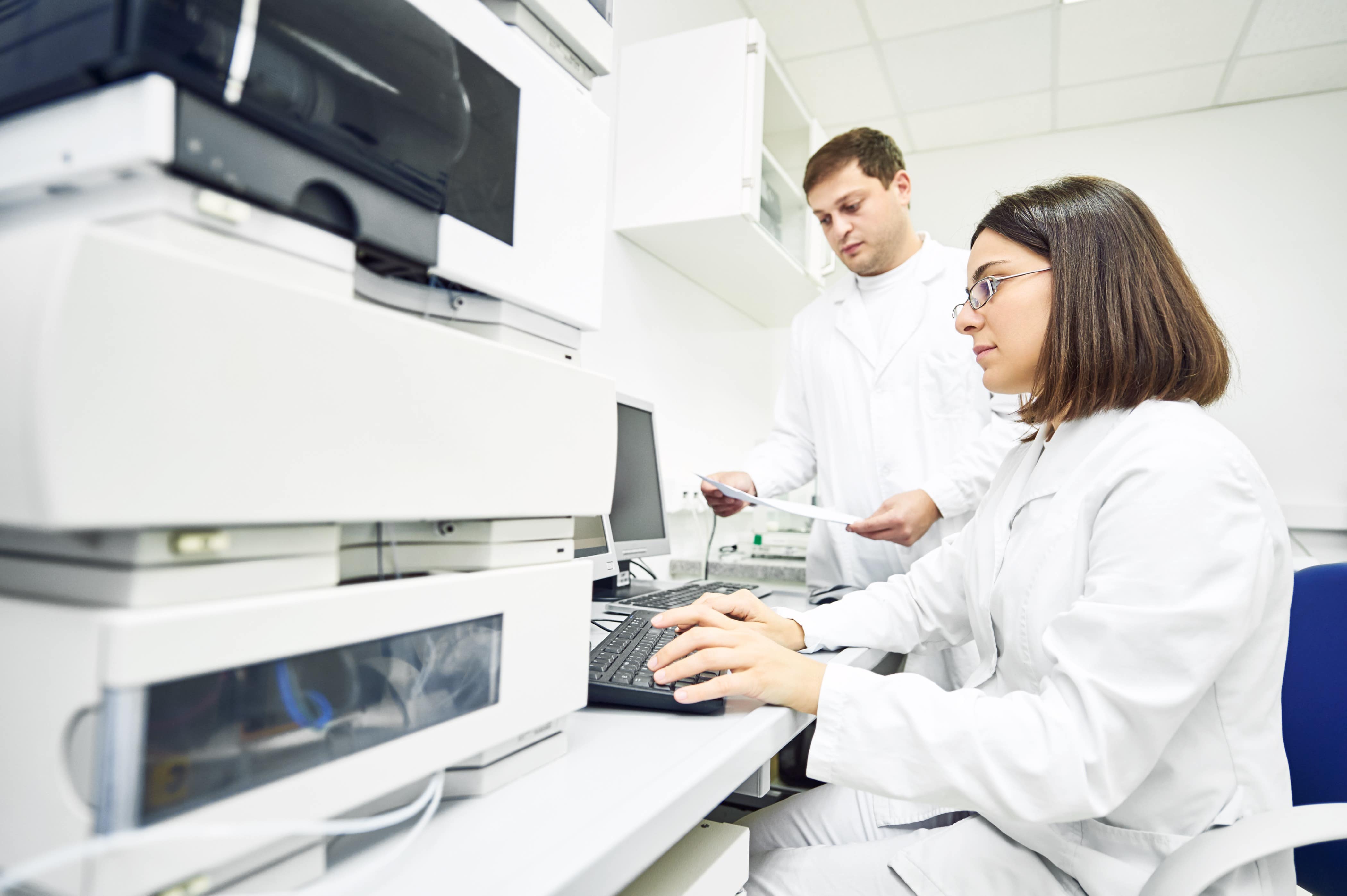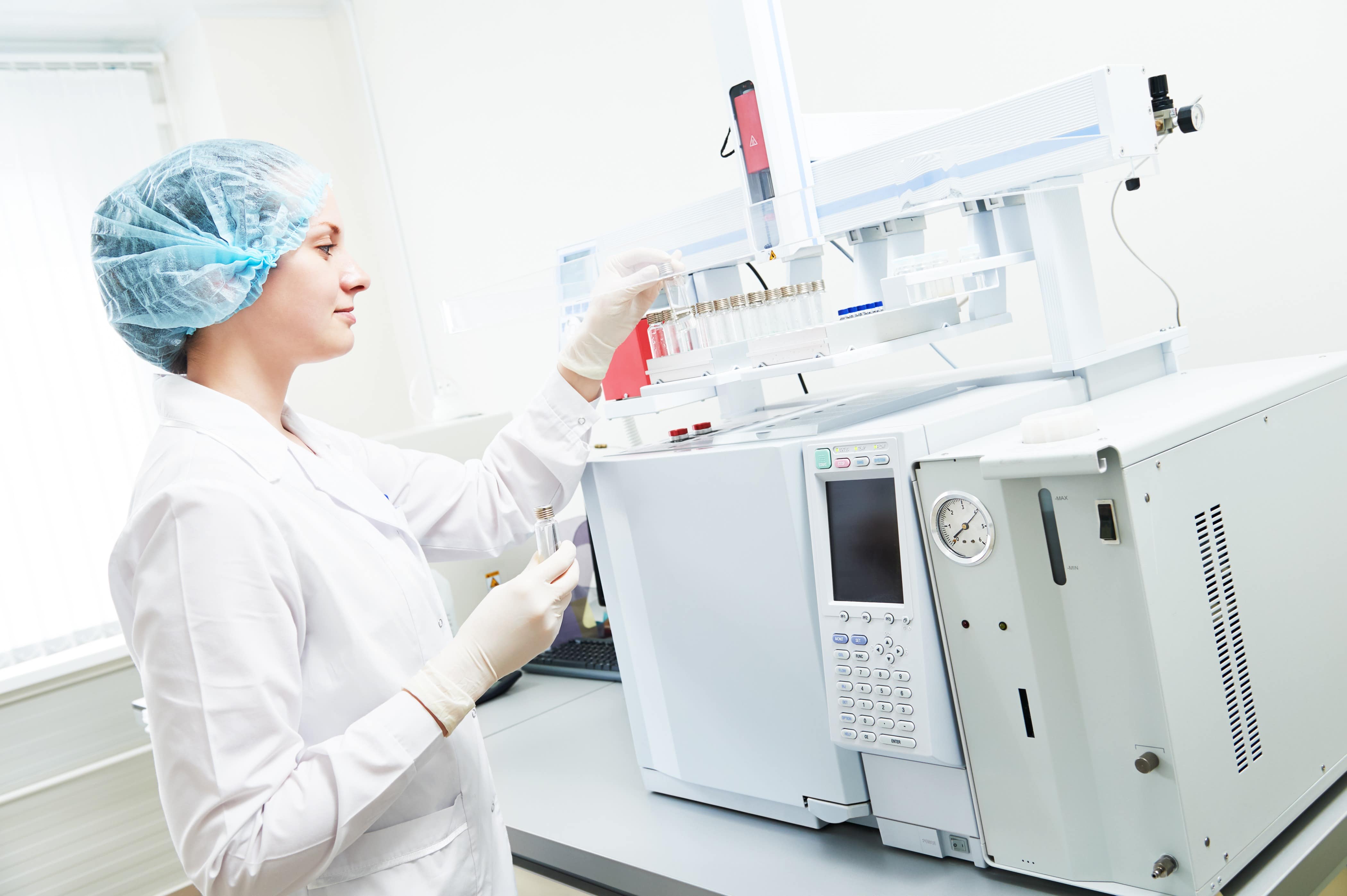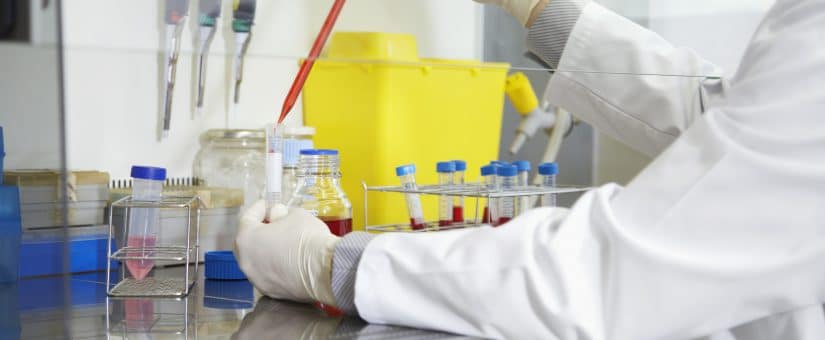You pour your heart and soul into your products. You spend eight hours a day (who am I kidding, at least eight) assuring items are safe and of the highest quality. Except for your family, you spend more time caring for and nurturing your products than anything else in your life. How can you be expected to send samples for testing to an outside laboratory that doesn’t know how much time and effort you have invested in preparing these products?
Determining the best approach is an age-old dilemma. Should you operate an in-house lab, or send samples out to an external lab?
Several factors demonstrate how an external laboratory may more effectively supply the solutions you require:
- Cost Reduction
- Consistency
- Flexibility
- Confidence
- Expertise
Cost Reduction
Personnel are expensive. After salary, benefits, and other ancillary costs, people cost money. With a third-party lab, you are splitting that cost among all their clients.

Lab equipment is expensive. So are the consumables (kits, media, glassware, etc.). If you use an external lab, you share the cost of lab operation with other companies.
The cost of attaining and maintaining accreditation for your in-house lab is often prohibitive. Using an ISO 17025 Accredited third-party lab eliminates the financial burden of accreditation.
To assure results are credible, robust, and accurate, accreditation to ISO 17025 standards is required. Training, holding traceable standards, validation of methodology, continual monitoring, quality control audits, and reviews are needed to comply with ISO 17025 requirements. Who has time for that?
The bottom line is even if you spend six figures annually with an external lab, that expenditure would only support approximately 2-3 lab analysts and some of your consumables; not to mention, instrument preventive maintenance, repairs, glassware cleaning, media preparation and sterilization, and record-keeping software.

Consistency
Imagine you are operating an in-house lab and an analyst is out sick or on vacation. Depending on the size of your lab, this may be a 25% or even 50% reduction in productivity. Your customers aren’t always receptive to delays in receiving products. A third-party lab can quote you a price and turn-around time, and then it is incumbent upon them to deliver as promised. Most outside labs have greater flexibility in scheduling analysts, enabling them to meet the quoted turn-around times. Another thing to consider is when an analyst leaves your establishment for another opportunity, how much productivity is lost interviewing candidates and covering for the departed employee?
Some may contend you can split the burden, sending some testing to an outside lab and doing a few tests in-house. However, this begs the question, how much goes out and how much stays in-house. What happens when you have an instrument needing repair or more tests than your internal lab can handle? Suddenly results will appear on different letterhead and dissimilar formats. When regulators or customers arrive for an audit or inspection, they will need to sort through different report templates. A consistent presentation of results simplifies the auditor’s job, and that can only help your cause.
Flexibility
Is it best to use the same instrument or test kit on both products and environmental samples? Is the instrument in your internal lab validated for all the materials you produce? What if you encounter a problem with an environmental monitoring result, do you have a solution for getting retest results in 24 hours rather than the usual 48-hour turn-around? What if it’s the weekend or a holiday?
It can make your head spin. A qualified outside lab can offer options for your testing needs based on desired turn-around time and sample matrix. Independent labs frequently offer expedited turnaround times to account for exigent circumstances. It’s unlikely you have the luxury of buying a backup $50,000+ instrument or stocking up on perishable test kits “just in case” you need them.
Furthermore, testing requirements often differ for research and development applications versus product for distribution. For R&D samples, there may exist a cheaper methodology with longer turn-around time. Having choices allows you to manage the intricate details of your product development and manufacturing process. Limited options result in limited information. An outside lab can present more options , enabling you to solve unforeseen problems that inevitably arise.
Confidence
Your customers demand the utmost confidence in laboratory results. They are more inclined to trust results generated by an impartial third-party lab. Same goes for FDA or USDA inspectors. Auditors will not need to review test results and conduct a quality audit of your in-house lab. Instead, they can rely on the accreditation of your third-party lab to assure the quality of testing.

If you opt for an outside testing solution, in the unlikely case of an unusual test result or even a recall, you are only responsible for providing manufacturing records to the investigators. Imagine having to produce all the manufacturing quality control data as well as the laboratory results and laboratory SOPs. Who wants the inspectors spending days in your plant? An accredited, trusted outside lab can provide confidence to inspectors and auditors, and serve as a trusted resource should litigation become necessary.

Expertise
Management comes to you and requests you get set up to manufacture a new product. Or corporate acquires a new company and wants you to oversee the quality control of the new products. When will you have time to get up to speed on the new materials, and determine what methods to use for testing? Any credible third-party lab will have experience analyzing a wide range of matrices and can provide advice and guidance for setting up a testing regimen for just about any product or raw material.
A third-party lab can offer a clearinghouse of information, not only on product types, but environmental monitoring programs, allergens, shelf-life determination, and other analyses. You are an expert on your products. Having a relationship with an expert in other aspects of safety and quality is a valuable resource. Use the wealth of a third-party lab’s experience to improve and streamline your processes.
Under perfect circumstances, testing your products and materials in-house can provide an added level of comfort and control. But let’s be honest, “perfect circumstances” are rarely the status quo. Operating an in-house lab may sound like an optimum set-up. However, as issues arise and conditions change, utilizing a qualified outside lab will likely offer benefits and options not available within your organization. Finding the right lab may take time and due diligence but doing so will provide you with a dynamic partner to help you maintain the standard of excellence you demand and free up your time to do what you do best.FacebookTwitterLinkedInShare this





